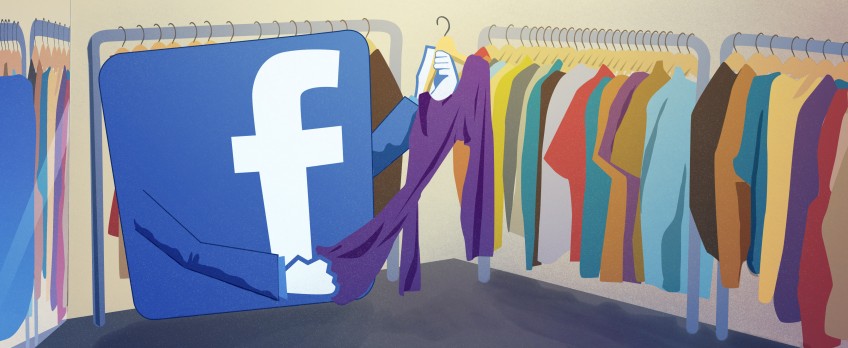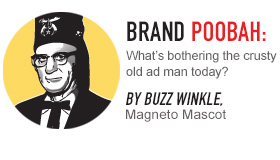Facebook, what will you think up next? Last week, Facebook announced the launch of a buy button, allowing Facebook users to purchase products from brands directly off newsfeed and paid ads. This is an interesting move by Facebook – perhaps in another attempt to monetize the platform or be seen as a marketplace and a social network.
This button has the potential to change e-commerce as we know it, but has its drawbacks, too. While Magneto isn’t exactly privy to Facebook’s strategy regarding its new buy button, we couldn’t help but to weigh in.
The Good
When Facebook first became widely used as a marketing tool, its main purpose was to drive traffic to a brand’s website and in turn, drive sales. Since then, Facebook has evolved to create more complex connections between brands and customers in a multitude of ways, but for online retailers, the main goal has always been to increase sales.
With a stronger call to action via this new buy button, Facebook is re-simplifying why many brands have a Facebook presence in the first place. Interactions between brands and customers are fewer from introduction to purchase – and customers don’t even have to leave Facebook, open a new tab or navigate through a retailers website. In theory, the buying process – seeing a t-shirt, choosing to buy it and paying for it – could be a mere three minutes. Not too shabby, Facebook.
The Bad
For the participating brands, it’s possible that brand recall might decrease when using this new feature. When a user buys a t-shirt in three minutes without using a retailer’s site, how likely is it that he or she will remember where it’s from? (Unless the brand’s name is plastered across the front, of course.)
There’s value in seeing a brand’s website – the potential of buying more than one item, seeing content that resonates with users and makes them more likely to return to the site and eventually brand loyal. Sure, brands have the potential to increase sales, but it comes at the cost of building a connection that makes customers want to return – be it other interesting products, great customer service or a brand promise that resonates with the buyers.
The (Potentially) Ugly
Facebook still isn’t engrained in users’ minds as a marketplace. It’s a social network and a place for people to connect in a fun way. While it’s certainly possible that users might see a t-shirt, like it and immediately buy it, users aren’t primed to take those actions on Facebook. This can be overcome, however, how safe is users’ information on Facebook? While Facebook pinky promises that credit card information won’t be shared with other advertisers, this is coming from a site that routinely changes interfaces and privacy policies with hardly any notice.
Target, for example, showed everyone how even the “Big Guys” can be affected by hackers and lost brand credibility and trust as a result. There’s a lot to be lost on Facebook’s part if users’ financial information is compromised.
The Test
Will this buy button work? We don’t know – and neither does Facebook. Facebook is taking the right approach by releasing the buy button as a test. By testing, Facebook can edit or even end the feature based on user feedback. This sort of testing has become a norm in digital marketing, though sometimes it’s overlooked. At Magneto, we test our clients’ ads and act accordingly. What’s working? What’s not? What will make the best connections between a client and customer?
Would you be inclined to make impulse purchases on Facebook? What about storing your credit card information? Let us know in the comments, on Facebook or @MagnetoAgency!
Share:
Recent Posts
- 9/22/2016 • Magneto Creates M Financial’s 2015 Annual Report
- 8/03/2016 • Magneto aligns Marger Johnson’s look with the industries it serves
- 7/20/2016 • Magneto brings bold vision to City Color branding and website development
- 7/13/2016 • Brand Advertising, Defined: The Creative Process
- 5/25/2016 • Brand Advertising, Defined: Where Science Meets Art



